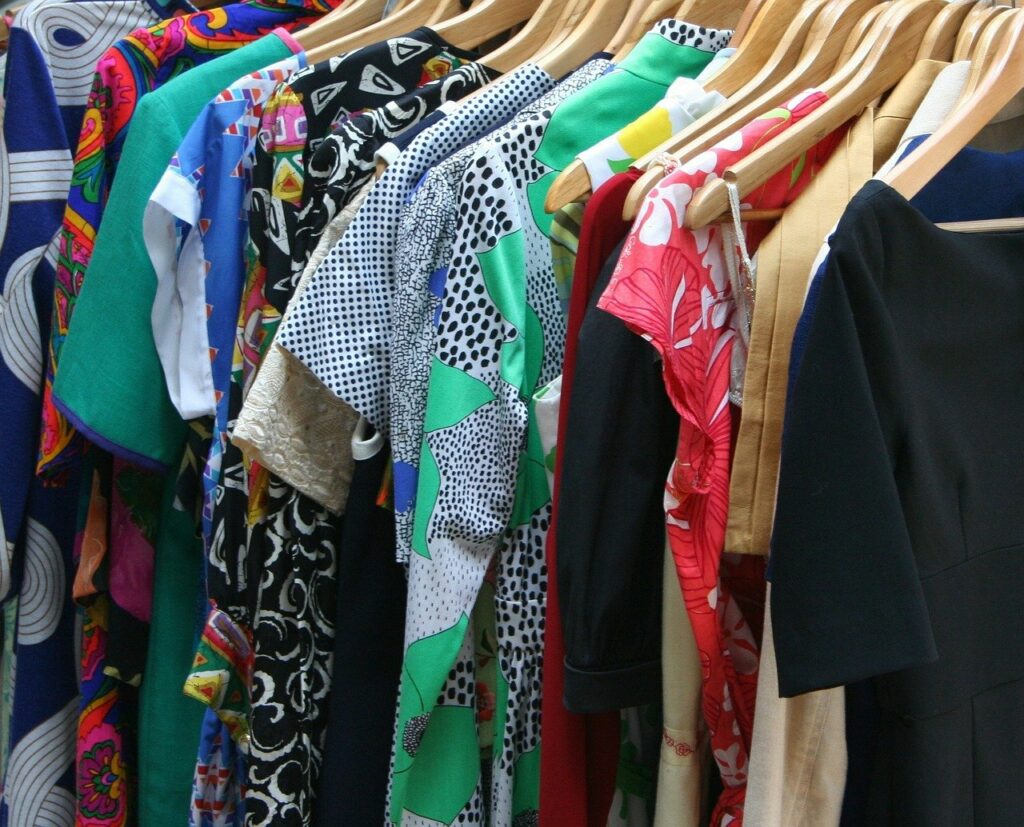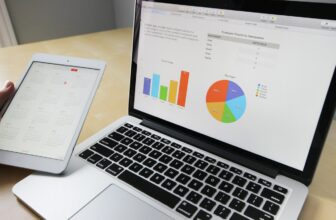We generally think of Twitter as a way to reach the masses: specifically, our customers. But when your business subscribes to the business-to-business, or B2B, model of operation, your customers take on a slightly different identity.
The B2B Model
In the B2B model (more here), a business owner is looking to sell directly to large businesses who will sell and distribute their products on their behalf. Think of a grocery store selling the produce grown on your farm, or a department store selling the apparel your business makes.

As the owner of a B2B company, your goals are a bit different. You’re not directly selling to consumers, so you don’t need to worry about appealing to the masses. However, you do need to maintain friendly connections with the larger businesses who could potentially establish a contract in the future, and you need to network with others in your niche to ensure your business is relevant and cutting edge.
Marketing doesn’t stop just because you’re not selling directly to the consumer, after all.
B2B marketing still occurs over Twitter, though perhaps not in the same manner you would think. Perhaps it’s time to stop thinking of Twitter as a place to post your random thoughts and daily witticisms, and instead consider it as a great place for networking and marketing. Check out how you can use Twitter for B2B marketing.
Using Twitter to Establish Your Business’s Identity
Regardless of what type of business you run, you want to establish a clear brand identity for your business. The basis of good marketing is deciding what your brand stands for, and what makes them stand out. Twitter is an excellent platform for bringing your brand’s personality to the forefront by giving you the chance to:
- Get Noticed
- Show Your Personality
- Build Brand Awareness
- Drive Traffic to Your Website
In order to get clients and start selling, you need to be noticed. The early days of B2B are usually what the experts jokingly refer to as “the courtship stage”. You’re going to need to reach out to a lot of businesses and locate the right people amongst a seemingly endless universe of contacts. Therefore, anything you can do to get noticed will be a step in the right direction.
When you develop a Twitter account for your business, you’ll have the opportunity to bring your entire brand presence, personality, and pursuits into the spotlight. You can follow and connect with other businesses in your niche, and start getting a feel for what your competitors and adjacent businesses are doing on Twitter.
Of course, the goal is not to copy them exactly, but to get a feel for who follows whom, what posts get the most traction, and when posts receive the greatest response. In other words, your business’s early days on Twitter will very likely be a sharp learning curve as you strive to get up to date with everything that’s going on in your market.
Once you have an idea of where to go and how to get there with your Twitter posts, it’s time to start letting everyone know who you are. The voice in which your Tweet should reflect your business standards, and the content should help differentiate you from others in your niche… but don’t go overboard too quickly. B2B companies thrive on impressing other businesses, so it may not be in your best interest to start off controversial if you’re looking to project a “homegrown” image.
Over time, the voice and content that you post will help build a brand identity. Connecting with other Twitter users and businesses will help spread brand awareness. Remember, even though you’re starting a business account, you may be followed by individual people. At the end of the day, your brand identity is what will sell your products.
For Example…
Consider, for example, soft drink king Coca-Cola. When someone wants to buy a Coke, they don’t go down to the local Coke Store (though admittedly, there are a few Coke Stores in this world!). Instead, most people go to a grocery store, a mini-mart, a gas station, etc. Coca-Cola is a B2B company, in which their products are distributed by other businesses.
But at the same time, the public knows who Coca-Cola is. We think of Santa, polar bears, and smiles, not because the businesses who distribute Coke have told us who the brand is, but because the brand itself has shared it’s identity through marketing. Though it may be a few weeks at least before your brand is as big as Coca-Cola, their Twitter account helps other businesses understand the market appreciation for their products.
Read also: 5 Brand Positioning Strategies To Stand Out From Your Competitors
Once people get a feel for who you are and what you do, they’ll want to check out your site and learn more about what you offer. Sure, there will be some looky-loos who aren’t there to make a wholesale purchase, but remember, spreading the word about your business for free is never a bad thing.
The secret to success is getting your product in front of the right person at the right time, so more organic traffic isn’t necessarily a bad thing, especially if this leads to high demand for your product.
Using Twitter to Connect and Engage
In addition to bringing your business to the attention of more individuals and businesses, Twitter can be a great way to demonstrate your expertise and get to know who your audience truly is.
One fantastic trait about Twitter is that certain topics trend and trend quickly. A smart Twitter user keeps their finger on the pulse of the site, and has links and articles prepared that address certain trends. Linking blog posts or videos via your Twitter site, or responding to others’ Tweets with links to your original material may seem arrogant, but in this day and age, a little self-promotion is required for marketing success.
Responding to a trending topic with a well-placed, well-articulated blog post not only demonstrates your authority within your niche, but puts your business front and center with some very important players. Make sure your content is fully polished and ready for the limelight, then link away.
Conversations on Twitter can be as helpful as hob-nobbing in person at a networking convention. People can be introduced to each other and share valuable insight with each other via Tweets. Just remember to remain professional and use your business voice! You will be able to identify certain players, such as influencers or up-and-coming wholesale businesses, and create working relationships with these individuals before settling down to find out how each company can benefit the other.
Do Not Forget This…
Additionally, the more you connect with others on Twitter, the more you learn about who they are as people. Finding our target audience (learn more here) is always valuable, even in a B2B company. You may think it’s the job of your distributor to understand what customers want, but a contract with a distributor starts with your pitch!
Understanding a distributor’s target audience will help you gain insight into whether your products are appropriate for them, and what might be the next best-seller for both of you. Take, for example, Wal-Mart and Harvey Nichols. Both are identified as “department stores.” Both of them have very different demographics, which will be quickly revealed when following each of them on Twitter.
While Twitter is often cast aside as a lesser marketing tool for B2B company owners, it actually provides a significant amount of benefit for networking and establishing your brand identity. Business owners who are looking to establish a robust, well-known brand know that spreading the word via social media will help them connect their business not only to other businesses, but to customers who will then urge their local shops to start stocking their brands.









